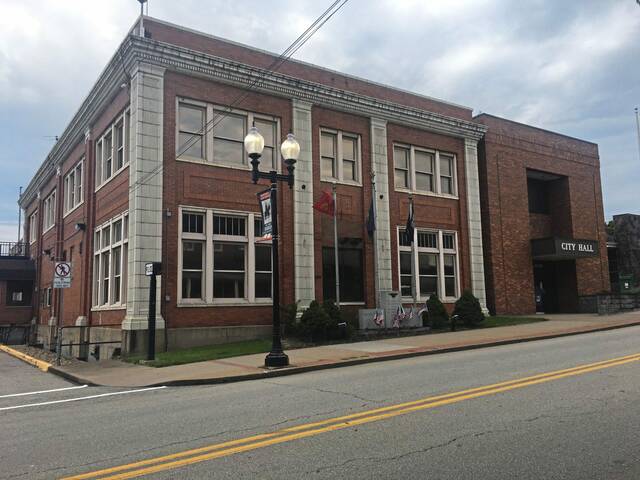https://mirror.triblive.com/local/westmoreland/greensburg-looks-to-use-block-grant-to-help-lower-income-homeowners-make-repairs/
Greensburg looks to use block grant to help lower-income homeowners make repairs

Greensburg homeowners who can’t afford to make property repairs could get some help from a federal grant program.
Council will vote Feb. 14 on an application to the Community Development Block Grant program for about $295,000 in 2023 funds.
The bulk of that money would be spent on improvements to four streets: Academy Street; Oakland Avenue, between Stanton and Rohrer streets; Arch Avenue, between Kenneth and Park streets; and Center Avenue, between Park and Grant streets.
Council also plans to set aside $75,000 to begin a housing rehabilitation assistance program.
“That’s not a big amount to do a housing rehab program with,” said Jeff Raykes, the city planning director. He said the idea is to “stick our toe in the water and see if it will work.”
While studying blighted properties, in conjunction with a proposed comprehensive plan set for a December vote, planners noted, “In many cases, people don’t have the money it takes to rehabilitate them,” Raykes said.
He said the assistance program would “extend some funds to those property owners to remedy their situation. Other communities are doing similar programs across Pennsylvania” — including Altoona.
With $75,000, he said, the city might help up to 10 property owners, with grants ranging from about $5,000 to $25,000. Under rules of the block grant program, the recipients would have to meet federal low- or moderate-income guidelines.
The city also would have to determine a process for reviewing and approving applications from homeowners. One method might be to prioritize properties that are in the worst shape but still salvageable, in accordance with a recent inventory of blighted parcels.
City Solicitor Zachary Kansler pointed out a leaking roof is a problem, when not addressed, that can lead to a building’s condemnation.
By intervening in time, “We can save that property,” Raykes said.
Council member Sheila Brumley asked what would be done to follow up with funding recipients, to ensure they carry out required property repairs.
Raykes said at least one other community provides the funding in the form of a forgivable loan instead of an outright grant. “That provides some leverage on the back end,” he said.
Raykes said the rehab assistance program would require the city to work closely with Westmoreland County’s planning staff while overseeing applications. But, he said, staffing limits in his department beg the question: “Who is going to do all this work?”
He suggested another $15,000 from next year’s CDBG allotment might be used to hire a part-time contractor to take on duties for the rehab program and to help with blight mitigation efforts.
City administrator Kelsye Hantz noted the city has had a practice of not using federal grants to cover payroll costs.
Raykes acknowledged, under CDBG guidelines, staff costs could be charged toward the grant only for hours spent on “low- and moderate-income census-designated areas. It would be problematic to track those hours.”
A longer-term solution, he said, might be cooperating with other municipalities for a shared position. “It could be something like a circuit rider program,” he said.
The city also is looking to use some of the CDBG dollars to equip its code enforcement staff with portable tablet devices they could use in their vehicles.
Copyright ©2025— Trib Total Media, LLC (TribLIVE.com)
